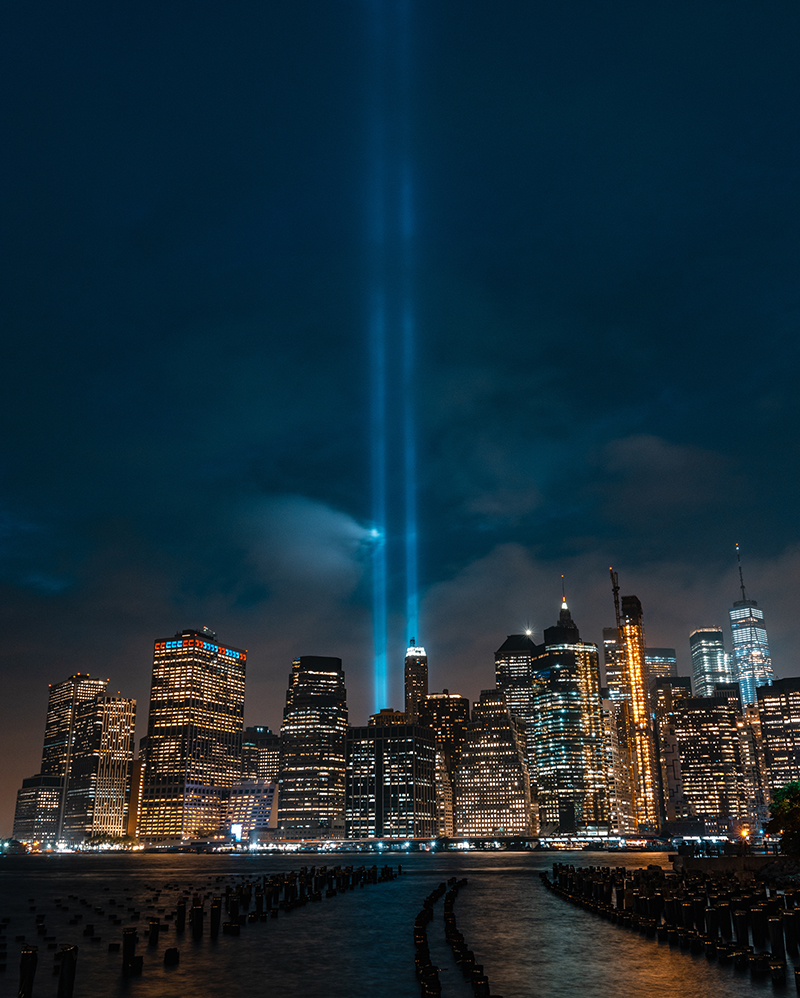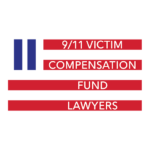About the 9/11 Victim Compensation Fund
The September 11th Victim Compensation Fund is an attempt to help ease the burden for those who were injured or became ill in the wake of the World Trade Center attacks.
No amount of money will ever compensate for the many tragedies stemming from the events of September 11, 2001.
The September 11th Victim Compensation Fund, also known as the VCF, was created by the federal government in 2002 to help the families of the people who died in the attacks, as well as the first responders, World Trade Center workers, and Lower Manhattan residents who could no longer work because of 9/11-related illnesses.
The original fund expired in December of 2003. As time went on, however, it became clear that the World Trade Center disaster was responsible for a number of illnesses – such as cancers and respiratory disorders – that took years to develop.
In 2010, Congress passed the James Zadroga 9/11 Health and Compensation Act, which revived the Victim Compensation Fund and provided health benefits to help those continuing to suffer from the physical aftereffects of the attacks. President Barack Obama signed the legislation into law on January 2, 2011. The new law was named for James Zadroga, a New York police detective who spent 450 hours working at Ground Zero and died five years later from respiratory illnesses caused by dust he inhaled at the scene.
In December 2015, the Zadroga act was reauthorized, extending health benefits another 75 years and adding another five years to the life of the Victim Compensation Fund.
About the James Zadroga Bill
Increasing pressure on the government led to a bill named in honor of James Zadroga, a New York police detective who spent 450 hours working at Ground Zero and died five years later from respiratory illnesses caused by dust he inhaled at the scene. Opposition to the James Zadroga bill nearly stopped its passage, but in 2010, Congress finally voted to pass it. President Barack Obama signed The James L. Zadroga 9/11 Health & Compensation Act into law on January 2, 2011., reviving the Victim Compensation Fund and providing health benefits to help those continuing to suffer from the physical aftereffects of the attacks.
In December 2015, the law was due to expire and a new James Zadroga bill was introduced to reauthorize the law. After another political battle, the Act was reauthorized, extending health benefits another 75 years and adding five years to the life of the Victim Compensation Fund.

What the James Zadroga Act Reauthorization Means for Victims
When the Victim Compensation Fund was initially enacted, many of the people affected by the 9/11 attacks missed the December 2003 deadline for filing a claim. Many did not yet know that they had been made ill or had been injured as a result of their exposure to 9/11-related toxins, and thus, were not aware that they would need the 911 VCF. The James Zadroga Act was intended to recognize that these individuals were also victims of 9/11 and should be able to receive compensation for their suffering. As a result, the 2011 Act, the subsequent 2015 reauthorization, and the final 2019 extension, has resulted in the extension of the deadline for filing a claim to October 1, 2090.
The law extending the deadline and appropriating necessary funds is called The Never Forget the Heroes: James Zadroga, Ray Pfeifer, and Luis Alvarez Permanent Authorization of the September 11th Victim Compensation Fund.
Billions of dollars were added to the VCF, including an initial appropriation of $2.775 billion and then an additional $4.6 billion. As of December 31, 2019, the VCF has awarded more than $5.96 Billion, after finding 25,649 claimants eligible for compensation.
The World Trade Center Health Program (WTCHP), a companion federal program created by the VCF law, has provided initial screenings, medical monitoring and treatment to 77,752 responders and 24,297 survivors enrolled as members.
Sadly, the chronic symptoms of 9/11-related illnesses continue to emerge for people who were in the area south of Canal Street in Lower Manhattan on and during the eight-month period following 9/11. The WTC Health Program and the Victim Compensation Fund cover a number of these diseases. Visit our “What’s Covered” section for a list of those illnesses.
Learn More About the Zadroga Act
Find answers to questions like why the Zadroga Act was enacted, who is eligible, and how it relates to the WTC Health Program.
Why You Need a Lawyer for Your 911 VCF Claim

It is not easy for people to make claims directly to the VCF. The process of filing a claim requires careful documentation of one’s injuries and proof of eligibility.
The VCF, via its website, tells prospective claimants that “Your attorney is in the best position to let you know exactly what has been submitted to the VCF and when it was submitted, and can update you on any requests the VCF has made for additional information. Your attorney can also confirm whether or not the VCF has issued a decision on your claim and the timing of that decision.”
In other words, having a lawyer gives you distinct advantages in submitting, tracking, evaluating and winning your claim.
We know how important experienced legal representation is in this process. Sullivan Papain Block McManus Coffinas & Cannavo PC has been representing 9/11 World Trade Center first responders and rescue and recovery workers from the very beginning.
A Long Fight For Victims
We represented 363 injured firefighters and the families of deceased firefighters in the original Victim Compensation Fund (2002-2003). In 2004, The National Law Journal awarded us its prestigious Pro Bono Award for securing more than $265 million for those first responders and their families for no legal fee. After the original VCF closed in December 2003, the firm filed the first lawsuits against the City of New York and its contractors in September 2004 for their failure to provide proper respiratory protection to first responders and rescue and recovery workers. The World Trade Center Disaster Site Litigation, as the case became known, lasted for over seven years before Judge Alvin Hellerstein in the United States District Court in Manhattan. (Read more about the complex appeals in the case here.)
This was a large and exceptionally complex case. The number of individuals who filed lawsuits grew to more than 10,000. SPBMCC alone represented 675 first responders and was appointed co-liaison counsel to help manage the litigation for all 10,000 claimants. The firm assumed a leading role in this long and difficult litigation to ensure that all of these brave individuals would be compensated for their injuries. In 2010, we helped negotiate a $700 million-plus settlement of the federal lawsuit. (Read the City of New York’s press release on the settlement.)
This was a large and exceptionally complex case. The number of individuals who filed lawsuits grew to more than 10,000. SPBMCC alone represented 675 first responders and was appointed co-liaison counsel to help manage the litigation for all 10,000 claimants. The firm assumed a leading role in this long and difficult litigation to ensure that all of these brave individuals would be compensated for their injuries. In 2010, we helped negotiate a $700 million-plus settlement of the federal lawsuit. (Read the City of New York’s press release on the settlement.)
The work continues. Our clients testified before Congress to help win passage of the James Zadroga Act. And we currently represent more than 3,000 claimants seeking compensation from the VCF. We know first-hand about the devastating impact of post-9/11 illnesses, and we’ll continue to fight for as long as necessary for the interests of those who need and deserve help.

